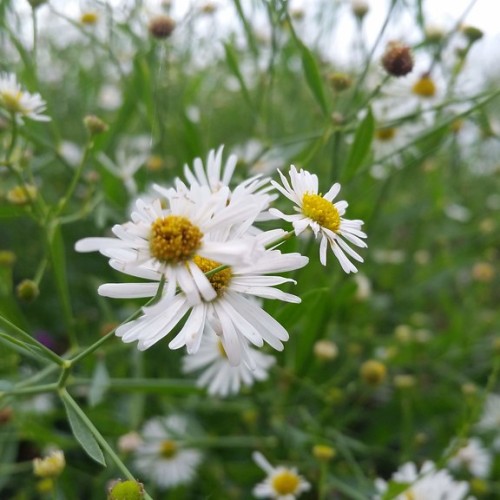
false aster
Kalimeris pinnatifida
Cycle:
Herbaceous Perennial
Watering:
Average
Hardiness Zone:
4 - 8
Flowers:
Flowers
Sun:
Full sun,part shade
Leaf:
Yes
Growth Rate:
Low
Maintenance:
Low
Drought Tolerant:
Yes
Salt Tolerant:
Yes
Invasive:
Yes
Care Level:
Medium
watering
False aster should be watered on a weekly basis, providing about 1 to 1.5 inches of moisture at each watering. Water slowly and deeply to allow the soil to absorb all of the water. False asers prefer moist, but not soggy, soil. Allow the soil to dry out slightly between waterings to prevent root rot. In hot weather, it may be necessary to water the false aster twice a week.
sunlight
False aster plants grow best when placed in an area that receives full sun. They should receive at least 6 to 8 hours of direct sunlight each day for best growth and flower production. When grown in an area with too much shade, false aster plants may not be as flourishing or produce as many blooms. In cooler climates, filtered sun or partial shade can be beneficial for the plant, as full sunlight can be too intense when temperatures soar. It is best to provide the plant with the least amount of sun and shade necessary to ensure it is adequately nourished and produces full blooms. When placed in the right sun exposure, false aster plants should begin to bloom with white or pink star-shaped flowers from late summer into autumn.
pruning
False aster (Kalimeris pinnatifida) requires minimal pruning and mainly just to shape the plant and remove any dead flower heads. The best time to prune is in early spring just before new growth begins. When pruning, it is important to avoid cutting the tray shoots or cutting too deeply into the plant as these will reduce flowering for the season. Instead, make sure to cut just above a set of leaves, making sure not to leave a stub. If needed, false aster can be lightly sheared back after flowering in early summer to reduce its size. In general, this species does not require much pruning.
